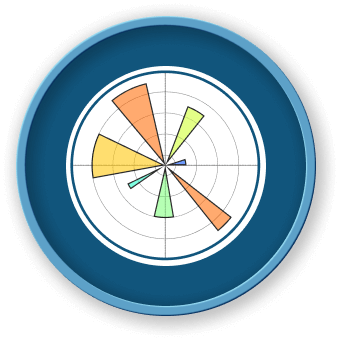Introduction
This step-by-step tutorial will guide you through the process of creating plots with logarithmic axes using Python Matplotlib. This tutorial will cover the following topics:
- Semilogy Plot
- Semilogx Plot
- Loglog Plot
- Errorbars Plot
VM Tips
After the VM startup is done, click the top left corner to switch to the Notebook tab to access Jupyter Notebook for practice.
Sometimes, you may need to wait a few seconds for Jupyter Notebook to finish loading. The validation of operations cannot be automated because of limitations in Jupyter Notebook.
If you face issues during learning, feel free to ask Labby. Provide feedback after the session, and we will promptly resolve the problem for you.




